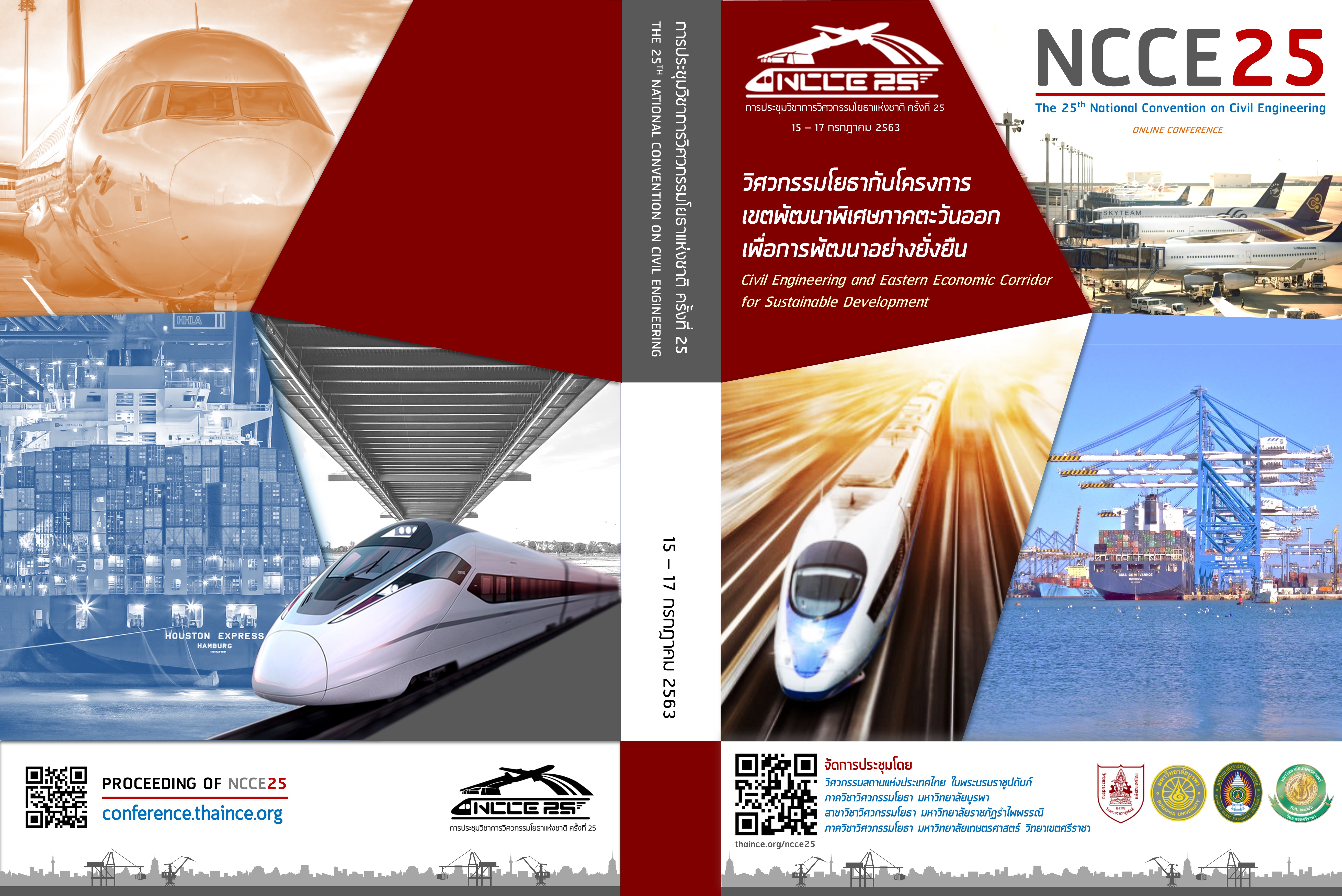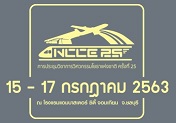Using Nighttime Light Satellite Image Predicts the Tap Water Usage of Thailand
Keywords:
แสงไฟในเวลากลางคืน, การใช้น้ำของประเทศไทย, รายได้ของประชาชน, ArcMap 10.2Abstract
This article presents the utilization of the Night Time Light photos in Thailand from DMSP satellites. By using nighttime lights to predict the tap water usage of Thailand. By means of finding relationships between the population, the number of tap water users, the public income In each province of Thailand comparing with the intensity of the light obtained from satellite images. By using ArcMap 10.2 converts the light from satellite to be the numbers 0 – 63. When the results are analyzed by plotting the relationship between lighting and number of population, GPP value and number of tap water users in each district, sub-district. It was found that the relationship between light and the number of population, GPP and the number of tap water users, as already mentioned, tend to be in the same direction. Therefore, it can be concluded that the light from satellites can be used as an indicator and can be utilized to efficiently predict future tap water usage.
Downloads
References
วิเคราะห์ความเจริญเติบโตของเมืองในประเทศไทย. วิทยานิพนธ์ปริญญามหาบัณฑิต ภาควิชา
สถาปัตยกรรมศาสตร์ จุฬาลงกรณ์มหาวิทยาลัย, 2559
อธิวัชร สังข์จันทราพร และอริศรา เจริญปัญญาเนตร. ความสัมพันธ์ระหว่างการขยายตัวของเมืองจากภาพ
ดาวเทียมแสงไฟช่วงเวลากลางคืน การใช้ที่ดินประเภทเมืองและความหนาแน่นประชากรบริเวณเมือง
เชียงใหม่. บทความวิจัย ภาควิชาภูมิศาสตร์ คณะสังคมศาสตร์ มหาวิทยาลัยเชียงใหม่, 2561
Anna Bruederle, Roland Hodler. (2018). Nighttime lights as a proxy for human development at
the local level. Research Article, Department of Economics and SIAW-HSG, University of
St.Gallen, St.Gallen, Switzerland
Charlotta Mellander. Et al. (2015) Night-Time Light Data : A Good Proxy Measure for Economic
Activity. Research Article, University California Los Angeles, United States
Husi Letu. Et al. Generating the nighttime light of the human settlements by identifying periodic
components from DMSP/OLS satellite imagery. Supporting information
Johanna Mard. Et al. (2018). Nighttime light data reveal how flood protection shapes human
proximity to rivers. Research Article, Department of Earth Sciences, Uppsala University, Uppsala, Sweden
Paul C. Sutton. Et al. (1997). A Comparison of Nighttime Satellite Imagery and Population
Density for the Continental United States. Department of Geography, University of California
Paul C. Sutton. Et al. (2007). Estimation of Gross Domestic Product at Sub-National Scales using
Nighttime Satellite Imagery. International Journal of Ecological Economics & Statistics (IJEES) Summer 2007, Vol. 8, No. S07; Int. J. Ecol. Econ. Stat.; 5-21
Tilottama Ghosh. Et al. (2013) Using Nighttime Satellite Imagery as a Proxy Measure of Human
Well-Being. Article, Sustainability 2013, 5, 4988-5019; doi:10.3390/su5124988
Xi Li. Et al. (2013). Potential of NPP-VIIRS Nighttime Light Imagery for Modeling the Regional
Economy of China. Article, Remote Sens. 2013, 5, 3057-3081; doi:10.3390/rs5063057
Downloads
Published
How to Cite
Issue
Section
License
บทความทั้งหมดที่ได้รับการคัดเลือกให้นำเสนอผลงานในการประชุมวิชาการวิศวกรรมโยธาแห่งชาติ ครั้งที่ 25 นี้ เป็นลิขสิทธิ์ของ วิศวกรรมสถานแห่งประเทศไทย ในพระบรมราชูปถัมภ์



